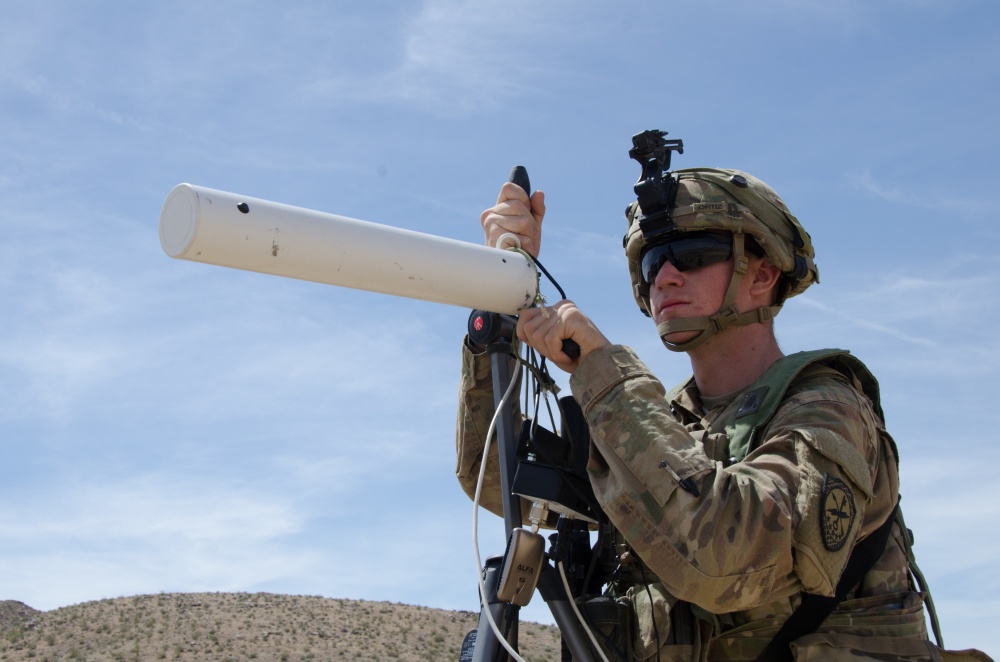The US military and intelligence communities have spent much of the last two decades fighting wars in which the US significantly over-matched its opponents technologically—on the battlefield and off. In addition to its massive pure military advantage, the US also had more sophisticated electronic warfare and cyber capabilities than its adversaries. But those advantages haven't always translated into dominance over the enemy. And the US military is facing a future in which American forces in the field will face adversaries that can go toe to toe with the US in the electromagnetic domain—with disastrous physical results.
That's in part why the Army Cyber Command recently experimented with putting "cyber soldiers" in the field as part of an exercise at the Army's National Training Center at Fort Irwin, California. In addition to fielding troops to provide defensive and offensive cyber capabilities for units coming into NTC for training, the Army has also been arming its opposition force (the trainers) with cyber capabilities to demonstrate their impact.
That impact was demonstrated clearly in May, when an armored unit staging a simulated assault at NTC was stopped dead in its tracks by jamming of communications. As the unit's commanders attempted to figure out what was wrong, a simulated artillery barrage essentially took the unit out of action.
Cybering up
Cyber attacks damaged Iran's nuclear research facilities by using Stuxnet. By some accounts, cyber attacks have also interfered in North Korea's missile testing with mixed results. But the Defense Department's declared cyber war against the Islamic State (ISIS, or Daesh) has had disappointing results. The "cyber-bombs" former Secretary of Defense Ashton Carter said were being dropped on ISIS forces have had little effect on their battlefield effectiveness or their ability to communicate and recruit over the Internet. Network attacks against ISIS' communications infrastructure don't do much, simply because that infrastructure is ad-hoc and distributed—and can easily be replaced and re-established when disrupted.



 Loading comments...
Loading comments...
